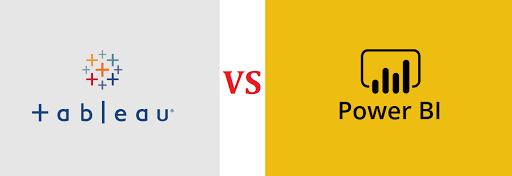|
Features |
Tableau |
Power BI |
|
General |
Developed by Tableau. |
Developed by Microsoft. |
|
General |
Year of Establishment is 2003 |
Year of Establishment is 2013 |
|
General |
Uses MDX for measures and dimensions. |
Uses DAX for calculated columns and measure columns. |
|
Availability |
Tableau Desktop, Tableau Online, Tableau Server. |
Desktop, Mobile, and Service. |
|
Visualizations |
Users can create charts, scatter plots in the tableau and don’t have
any restrictions on the number of data points. |
Offers numerous data points to provide visualizations. |
|
Performance |
Can handle huge volume of data with better performance. |
Can handle only limited volume of data. |
|
Target Audience |
Used by data analysts and experienced users mostly for their analytics
purposes |
Used by both naive and experienced users or by general audience that
needs business intelligence to enhance their analytics. |
|
Learning |
Little difficult to learn. |
Very easy to learn. |
|
Pricing |
High. |
Comes at a lower price point, but scaled features and additional users
will increase the price. |
|
Data Capacity |
Tableau works on the columnar based structure which stores only unique
values for each column and thereby making it possible to fetch billions of
rows. |
Each workspace/group could handle up to 10 GB of Data. For more than
that, either data needs to be in cloud(Azure) or in the other case, if it is
in local databases then Power Bl selects or fetches the data from database
for reporting purpose and does not import. |
|
Data Source |
Has a wider variety and allows connecting to numerous data sources. |
Connects to limited data sources but increases its data source
connectors in monthly updates. |
A blog where you can explore everything about Datawarehouse, OBIEE, Informatica, Power BI, QlikView, Hadoop, Oracle SQL-PLSQL, Cognos and much more....
Friday, 7 August 2020
Difference between Tableau and Power BI | Tableau vs Power BI | Compare Power BI and Tableau
Subscribe to:
Post Comments (Atom)

Power BI vs Tableau are powerful data visualization tools with unique features. Power BI is cost-effective, integrates seamlessly with Microsoft tools, and is ideal for beginners. Tableau offers advanced analytics, robust customization, and better handling of large datasets. Both are excellent, and the choice depends on your specific needs.
ReplyDelete